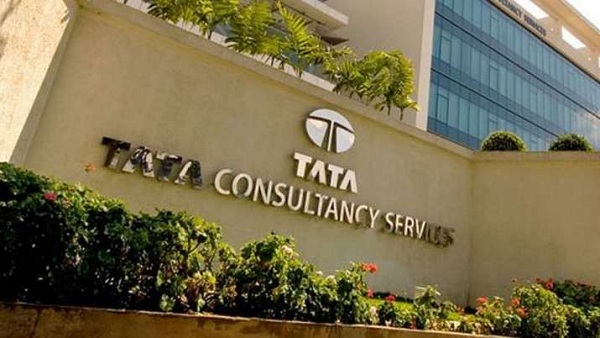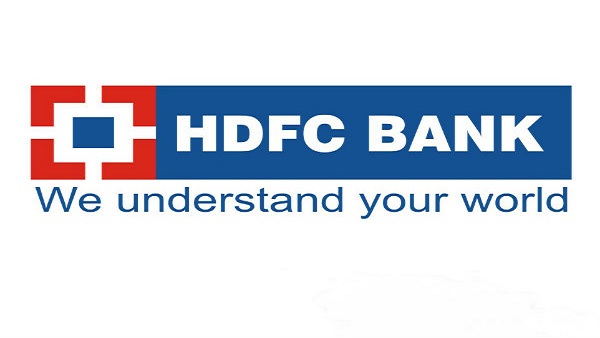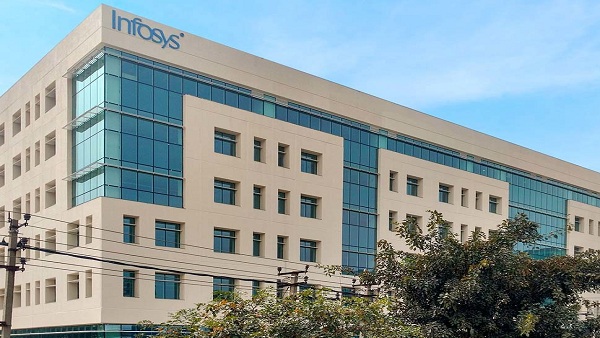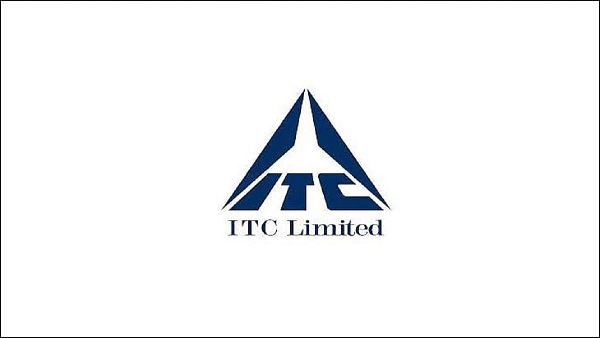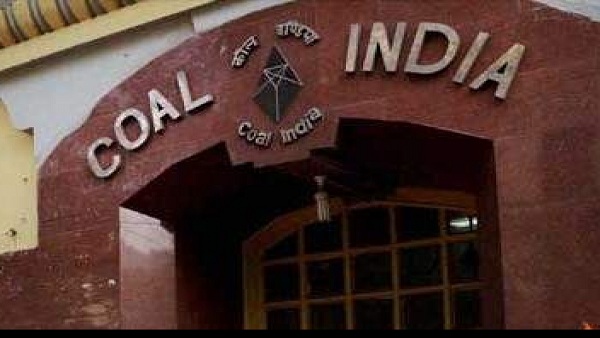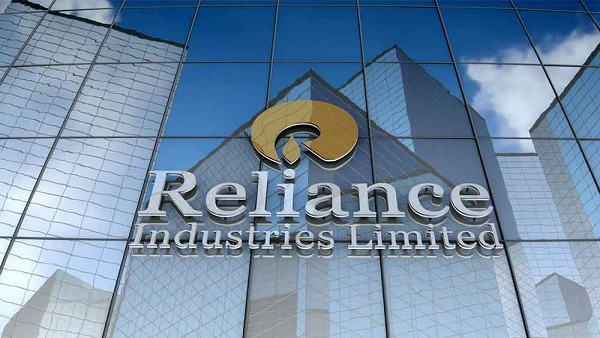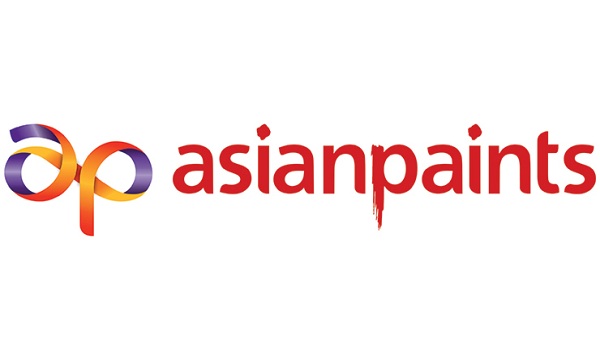Why is Blue chip stocks a good investment?
Any investor will want to put their money into a company that has been profitable for many decades. Blue-chip stocks aim to make money for shareholders over the long term, even though they aren’t always among the most popular stocks. As a result, these are excellent investments for those who can stick with them through good times and bad. Their solid financial position, consistent growth rate, excellent management team, brand recognition, and reputation keep them afloat through difficult business cycles and industry trends.
Most bluechip companies in India have a market capitalization of more than Rs 20,000 crores, as a rule of thumb. Stocks that are debt-free are the bluest of the blue chips. Blue-chip firms, on the other hand, can be distinguished by their lower and stable debt-to-equity ratio. In addition to the above, bluechip businesses have a high return on equity (ROE), a high-interest coverage ratio, and a low price to revenue ratio.
Tata Consultancy Services
- Market Cap: Rs 1,158,875
- P/B: 13.30
TCS is among the latest and emerging innovations that the company is exploring. BFSI is the company’s largest revenue division, accounting for roughly 31% of overall revenue, led by Retail and CPG, Communications, Media and Tech, Manufacturing, Life Sciences, and Healthcare, and Energy and Utilities under Public and Others. North America accounts for around 51% of TCS’ income, with the UK and Europe ex-UK accounting for about 15%, and India accounting for just 5.7 percent.
HDFC BANK
- Market Cap: Rs 779,920
- P/B: 3.75
HDFC Bank Limited, headquartered in Mumbai, Maharashtra, is an Indian banking and financial services firm. As of April 2021, HDFC Bank is India’s largest private sector bank in terms of assets and market capitalization. On the Indian stock exchanges, it is the third-largest firm by market capitalization. In the last three months, brokers have upgraded their recommendation or target price. Stock with average price momentum and valuation and medium financial results. These stocks may be inexpensive, and they have piqued the interest of some investors. HDFC Bank is a Zero Promoter Pledge Organization.
Infosys
- Market Cap: Rs 576,275
- P/B: 6.78
Infosys Limited is a multinational company based in India that specializes in business consulting, information technology, and outsourcing. Bengaluru, Karnataka, India, is the company’s headquarters. By 2020 sales estimates, Infosys is the second-largest Indian IT company after Tata Consultancy Services, and the 602nd largest public company in the world, according to Forbes Global 2000. Stock with strong financial results and a fair to expensive valuation, but no market momentum, as technical indicators, imply. Strong cash-generating capacity from core sector – Improving Cash Flow over the past two years. ROA has been declining for the past two years due to inefficient asset usage to generate profits.
ITC
- Market cap: Rs 252,762
- P/B: 3.97
Cigarettes, FMCG, Hotels, Packaging, Paperboards & Specialty Papers, and Agribusiness are among ITC’s diverse industries. In 2010, the company celebrated its 100th anniversary, with annual revenue of US$10.74 billion and a market capitalization of US$35 billion in 2019-20. It is a Forbes 2000 company that employs over 36,500 employees in over 60 locations across India. ITC is a Company with low debt. Over the last five years, the company has paid out high dividends with increasing dividend yields. The company has been raising net cash flow for the past two years. In the last three months, brokers have also upgraded their recommendation or target price.
Coal India
- Market Cap: Rs 84,336
- P/B: 2.59
Coal India Limited (CIL) is an Indian government undertaking and coal mining and refining company headquartered in Kolkata, West Bengal, India. It is owned by the Ministry of Coal, Government of India. It is the world’s largest coal producer and a Maharatna public sector undertaking. Per-share book value For the past two years has been improving. RSI indicating price strength. Poor cash flow from core company – Cash Flow from Operations has been declining for the past two years.
Reliance Industries
- Market Cap: Rs 1,245,031
- P/B: 2.20
The company’s main businesses are oil exploration, petroleum refining, and petroleum marketing and distribution, as well as petrochemical activities. The company wants to be carbon neutral by 2035, so it’s focused on diversifying through energy and other sectors while still investing in the oil industry. Increased shareholding by FIIs/FPIs or Institutions. Stock with good financial results and a fair to expensive valuation, but no market momentum as suggested by technical indicators. Price is below the Short, Medium, and Long Term Averages, indicating a lack of momentum. Ineffective use of shareholder capital – ROE has been decreasing for the past two years.
Larsen & Toubro Ltd
- Market Cap: Rs188,589
- P/B: 2.49
The firm is also listed among the top five construction firms in the world. Basic and heavy engineering, construction, real estate, capital goods manufacturing, information technology, and financial services are among the company’s business interests. L&T Group has 118 branches, 6 partners, 25 joint ventures, and 35 joint operations companies as of 2020. Price to Book Ratio is among the highest in the industry. Companies with a low Piotroski score have poor financials. A stock with a high analyst rating and at least a 20% upside potential.
Maruti Suzuki
- Market Cap: Rs 202,485
- P/B: 3.86
Maruti Suzuki India Limited, formerly known as Maruti Udyog Limited, is a subsidiary of Suzuki, a Japanese automaker. Between 1981 and 2003, it was owned and operated by the Indian government. In 2003, the Government of India sold it to Suzuki Motor Corporation. It had a 53 percent market share in the Indian passenger car market as of July 2018. Price to Book Ratio is higher than the industry average. Stocks with a high price-to-earnings ratio (PE > 40). In the first quarter of 2021, the promoters’ holdings remained unchanged at 56.37 percent. In the first quarter of 2021, mutual funds reduced their assets from 7.83 percent to 7.49 percent.
Asian Paints
- Market cap: 244,753
- P/B: 23.23
Asian Paints has a 50 percent market share in the organized domestic paints market. Asian Paints has a 60 percent market share in the decorative paints segment, which accounts for 70-75 percent of the Indian paint industry. The business has a decent operating margin of over 22.20 percent, which is higher than its rivals, thanks to its leadership role. For the last five years, the debt-to-equity ratio has remained constant at 0.1. Price to Book Ratio is among the highest in the industry. Companies with a high Piotroski score have sound financials. Strong cash-generating capacity from core sector.
Avenue Supermarts
- Market Cap: Rs 187,563
- P/B: 16.93
Avenue Supermarts Limited, d/b/a DMart, is an Indian retail company that owns and operates a hypermarket chain in India. Radhakishan Damani established it in 2002, with its first branch in Powai’s Hiranandani Gardens. Avenue Supermarts is a strong choice for a significant increase in geographic diversity and sales channel mix, which will result in a larger scope of operations and better operational performance over time Price to Book Ratio is among the highest in the industry. In the first quarter of 2021, FII/FPI holdings rose from 10.09 percent to 10.17 percent
List of Best Blue Chip Stocks to Consider
| Company Name |
Industry |
Share Price as of 7 May 2021 (NSE) |
| TCS |
Information Technology |
Rs 3,131 |
| HDFC BANK |
Banking |
Rs 1,413 |
| Infosys |
Information Technology |
Rs 1,352 |
| ITC |
FMCG |
Rs 205 |
| Coal India |
Mining/Minerals |
Rs 136.75 |
| Reliance Industries |
Diversified |
Rs1,962.80 |
| Larsen & Toubro |
Construction and Eng |
Rs 1,341 |
| Asian Paints |
Paints |
Rs 2,554.85 |
| Maruti Suzuki |
Automobile |
Rs 6,694 |
| Avenue Supermarts |
Retail Business |
Rs 2,880 |
Should you consider investing in BlueChip Stocks?
Since blue chips operate in the large-market cap arena, a single share will cost high. You won’t make a fortune in blue-chip stocks because you bought them decades ago. For the most part, these are mature businesses that have outgrown their big-growth days. Blue-chip stocks may not seem to be a successful short-term investment, but they generate high value in the long run due to their consistent growth and returns. Because of its solid financial foundation, it can easily rebound from adversity.
If you invest in blue-chip stocks, even a novice would have a healthy cash flow. They are a must-have in every portfolio, not only for new investors but also for seasoned market participants.
In the short term, blue-chip investments are low-risk, low-return investments. As a result, blue-chip stocks should be the foundation of your portfolio, but they should not be the only investment.




